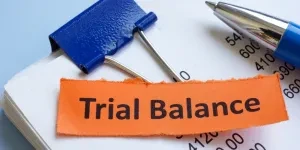Nobody starts a business because they love bookkeeping (unless, perhaps, they’re an accountant). But keeping your numbers straight is non-negotiable. One way to ensure this is to use a trial balance. And while a trial balance is not a foolproof way to guarantee a business’s accounting system is error-free, it can help detect small faults and fix the bigger ones in the general ledger. In short, if something’s wrong, a trial balance is your chance to catch it before it becomes a real problem.
In this article, we’ll explain what trial balances are, why they matter, and how to complete one in the easiest way possible.
Table of Contents
What is a trial balance?
What goes into a trial balance?
An example of a trial balance
What’s an adjusted trial balance?
Key steps in completing a trial balance
1. Reconcile your figures first
2. Don’t mix personal and business money
3. Use accounting software
4. Look for hidden errors
5. Run internal audits
When should businesses use a trial balance?
Final thoughts
What is a trial balance
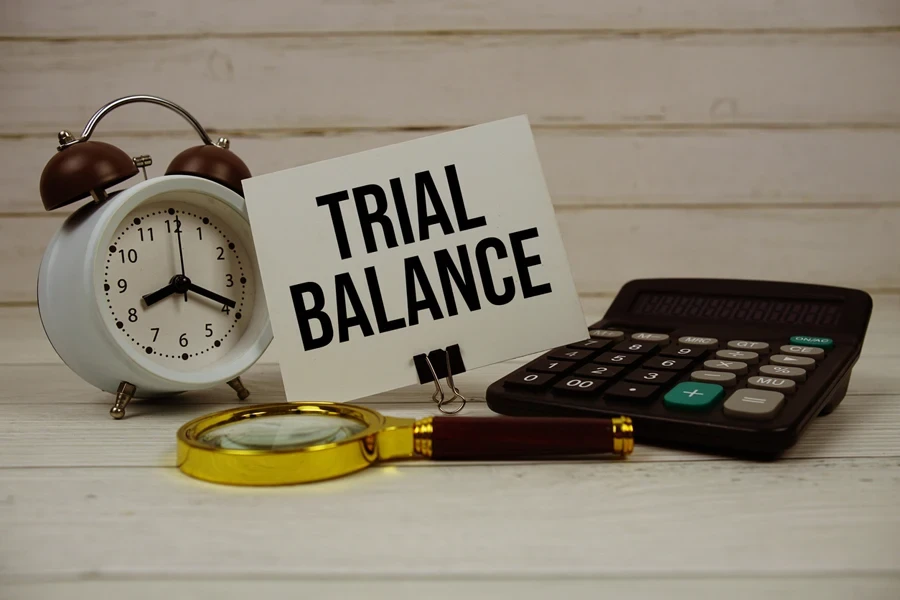
In simple terms, a trial balance is a report that lists every account a business owns and its balance. The goal is to ensure that the total debits match the total credits. In double-entry accounting, accountants record every transaction twice – once as a debit in one account and once as a credit in another.
The trial balance is your way of checking if that system is working correctly. While general ledgers record credit and debit transactions separately, a trial balance adds them according to each account instead, calculating the total. (In an error-free ledger, the total debits and credits should be the same as the trial balance.)
Although trial balances aren’t needed to check credit and debit balances nowadays, they’re still handy for accounts hoping to cross-check their work and for auditors who may want to better understand the accounts they’ll be auditing.
And even though checking debit and credit balances is mostly automated in 2025, a trial balance can still help businesses to:
- Spot errors before they snowball into bigger problems
- Keep financial statements accurate (because bad data = bad decisions)
- Make sure you’re not overpaying taxes or missing income
- Avoid surprises when your accountant looks at your books
Remember that if the trial balance doesn’t match, something is wrong. It’s better to fix it now than deal with a mess later.
What goes into a trial balance?
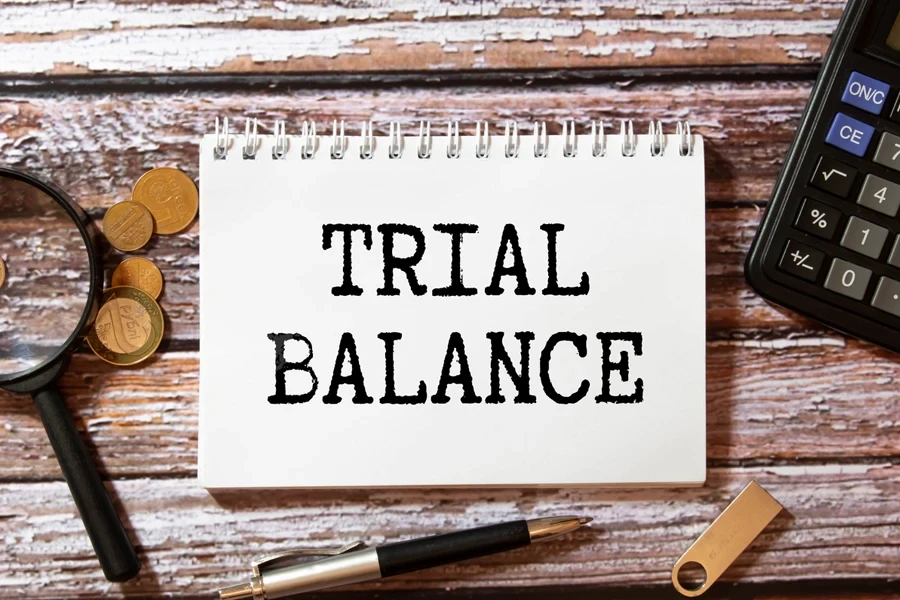
The trial balance sheet should lay out all the accounts from the general ledger in two columns: one for money going out and the other for money coming in. Usually, it includes these six parts:
- Account names (every account in your general ledger, i.e., cash, rent, sales, etc.)
- Debit balances (the amounts recorded under assets and expenses)
- Credit balances (The totals for liabilities, revenue, and equity)
- Account numbers
- The dates of the accounting period
- The total sum of the debits and credits
An example of a trial balance
Let’s say Jake owns a small coffee shop. At the end of the month, he wants to check if everything in his books looks right. His trial balance might look like this:
| Account number | Account name | Debit (USD) | Credit (USD) |
| 105 | Cash | 5,000 | 0 |
| 106 | Sales revenue | 0 | 7,000 |
| 107 | Utilities expense | 500 | 0 |
| 108 | Accounts receivable | 2,000 | 0 |
| 109 | Rent expense | 1,000 | 0 |
| 109 | Accounts payable | 0 | 1,500 |
| Total balance | 8,500 | 8,500 | |
Everything balances – good! But let’s say he’s forgotten to log a USD 500 expense for ingredients. This would throw off his totals, and this is where the trial balance would catch it.
What’s an adjusted trial balance?

A regular trial balance is great for catching obvious errors. But what about items that accountants haven’t recorded in the general ledger or are missing – like expenses that happened but haven’t been paid? That’s where businesses can use an adjusted trial balance.
For example, if Jake, the cafe owner, bought USD 800 worth of stationery on a personal credit card, he’ll have USD 800 unaccounted for. However, the adjusted trial balance will fix it by adding the expense to the debit section.
Additionally, adjusted trial balances will lead to more accurate financial reports since they include expenses not included in the original records. For instance, businesses can add prepaid expenses or future costs that haven’t officially occurred but still need to be considered.
Note: Although these adjustments won’t fix errors in the original balance, they will ensure that business owners properly record assets and liabilities, improving their financial picture.
Key steps in completing a trial balance
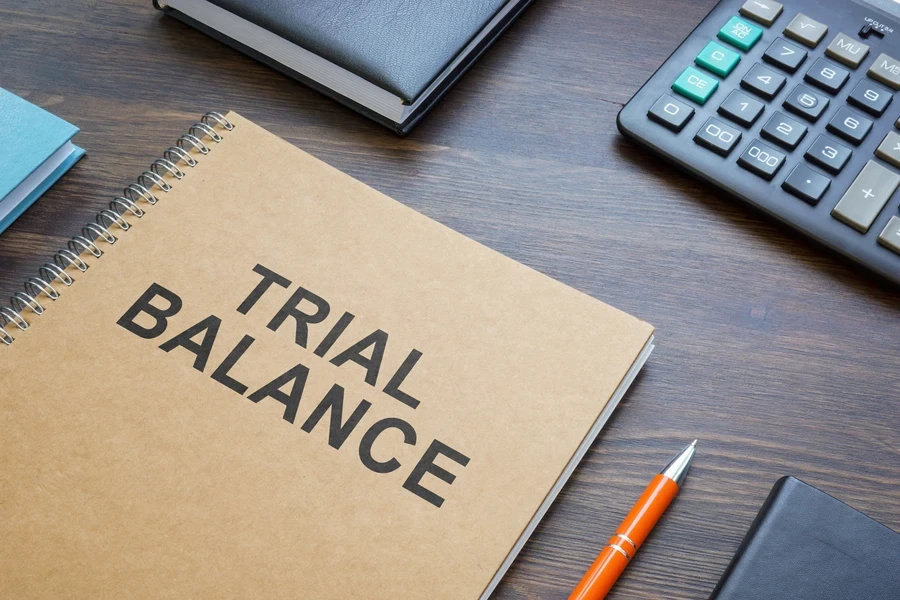
1. Reconcile your figures first
Many of us will have encountered a bank statement that did not match what we thought was in our account – the same thing often happens in business. If this occurs, the best way to avoid missing expenses is to compare the books with actual bank transactions.
2. Don’t mix personal and business money
One important business rule is not to mix personal and work money. For example, an owner swiping their card for groceries will likely have difficulty keeping their trial balance clean. For this reason, it’s better to keep both funds in separate accounts.
3. Use accounting software
Don’t have enough funds to hire an accountant? That doesn’t mean you should track all transactions manually. It’s a long and torturous process. Instead, use accounting software (like QuickBooks, Xero, or Wave) to automate the process.
4. Look for hidden errors
Accounting leaves a lot of room for mistakes, and even the best businesses encounter mistakes. For this reason, it’s always a good idea to cross-check everything. Some small errors to look out for include:
- Transposed numbers (typing 3,200 instead of 2,300)
- Forgetting to enter small transactions
- Duplicating an entry by accident
Even a tiny mistake can throw off your entire trial balance. Check, double-check, then check again.
5. Run internal audits
Once every few months, go through the business’s records with fresh eyes. You may be surprised at what you catch.
When should businesses use a trial balance?
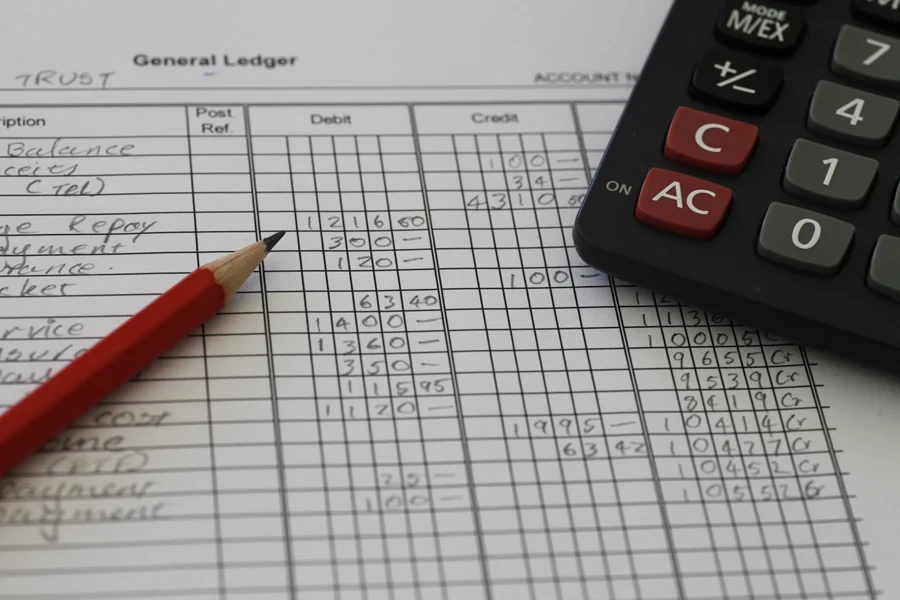
A trial balance is useful whenever a business owner wants to make sure their books are correct, as well as during some specific moments:
- End of the month or quarter (fix errors before they build up)
- Before preparing financial statements (make sure the business is working with clean data)
- Before filing taxes (prevent IRS headaches by catching mistakes early)
- When applying for loans or courting investors (messy books = red flags)
- Before an audit (if the numbers are wrong, auditors will find them, so fix them first)
Final thoughts
Many business owners don’t pay much attention to their trial balance. After all, everything is automatic these days, so running a manual trial balance is just extra work, right? Well, trial balances can still be extremely useful to complete internal checks, especially before providing official financial statements or tracking down errors.
Business owners can also use trial balances to check their financial position and ensure that their accounting systems are working properly. Nobody likes fixing accounting mistakes months later, so it’s best to catch them early. If owners are serious about running a financially healthy business, making a trial balance can make a big difference.
